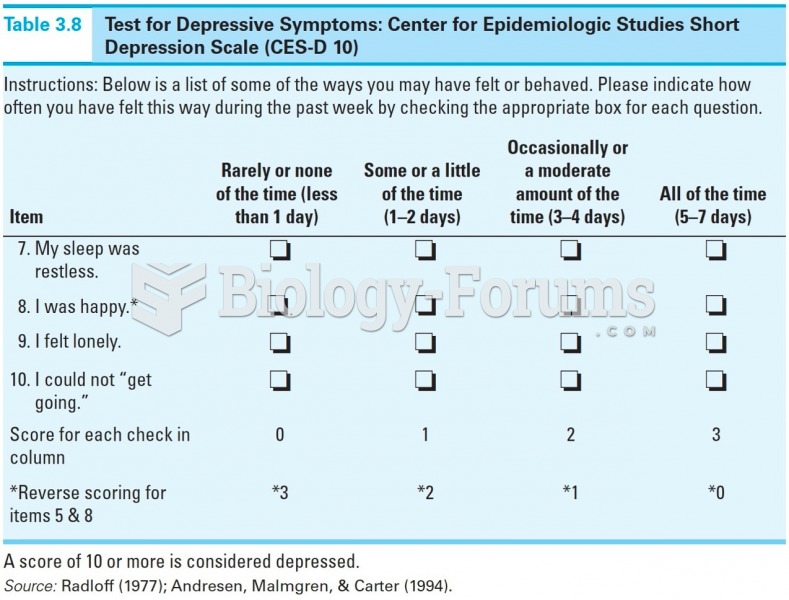The difference between an interval and a ratio scale is that an interval scale has a true zero.
Indicate whether the statement is true or false
Question 2
matching
a. A process in which a paper is reviewed and a recommendation is made whether or not to publish it.
b. An alphabetical listing of journal entries by topic, author, or both to get a quick overview of where articles or conference presentations might be located.
c. Information sources, once removed, from the actual research, including review papers, anthologies of readings, syntheses of other work, textbooks and encyclopedias.
d. A collection of information about one topic that is managed, moderated and administered by staff of universities or corporations.
e. The original and still best search engine, who never crashes, is always available, tends to be helpful, and is very knowledgeable.
f. A one- or two-paragraph summary of a journal article which contains all the information readers should need to decide whether to read the entire journal article.
g. Information sources that provide a general overview of, and introduction to, a topic.
h. When the author's identity is unknown.
i. Tools that help you sift through the thousands of pages of information available on the Internet.
j. Mail exchanged through the correspondents' electronic addresses.
k. An automatic depository for information, also known as a mailing list.
l. data, e-mail and other information are stored on a remote computer rather than your local computer on your desktop
m. Accounts of the actual research that's been done, such as journal articles.
n. Return the results of exploring many search engines all at once.
o. Available on the Internet, these are places where information is posted and shared, by topic.
p. Electronically tracks and organizes your references.
1. General Sources
2. Secondary Sources
3. Primary Sources
4. Peer Review
5. Blind Review
6. Abstract
7. Indices
8. Search Engines
9. Reference Librarian
10. Meta-search Engines
11. Cloud-based computing
12. Bibliographic Database Program
13. Electronic Mail
14. Electronic News Groups
15. News Group
16. Listserv







